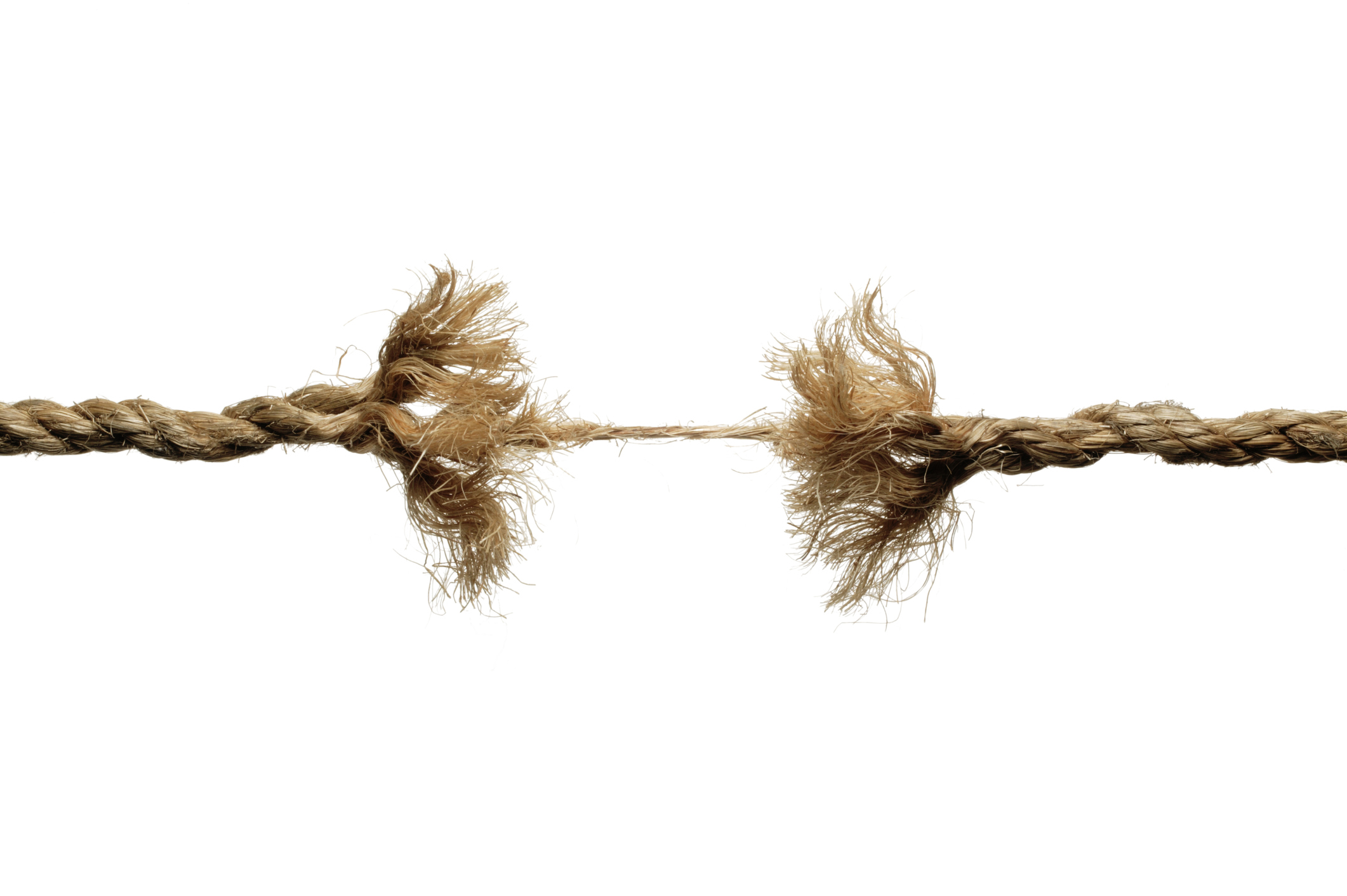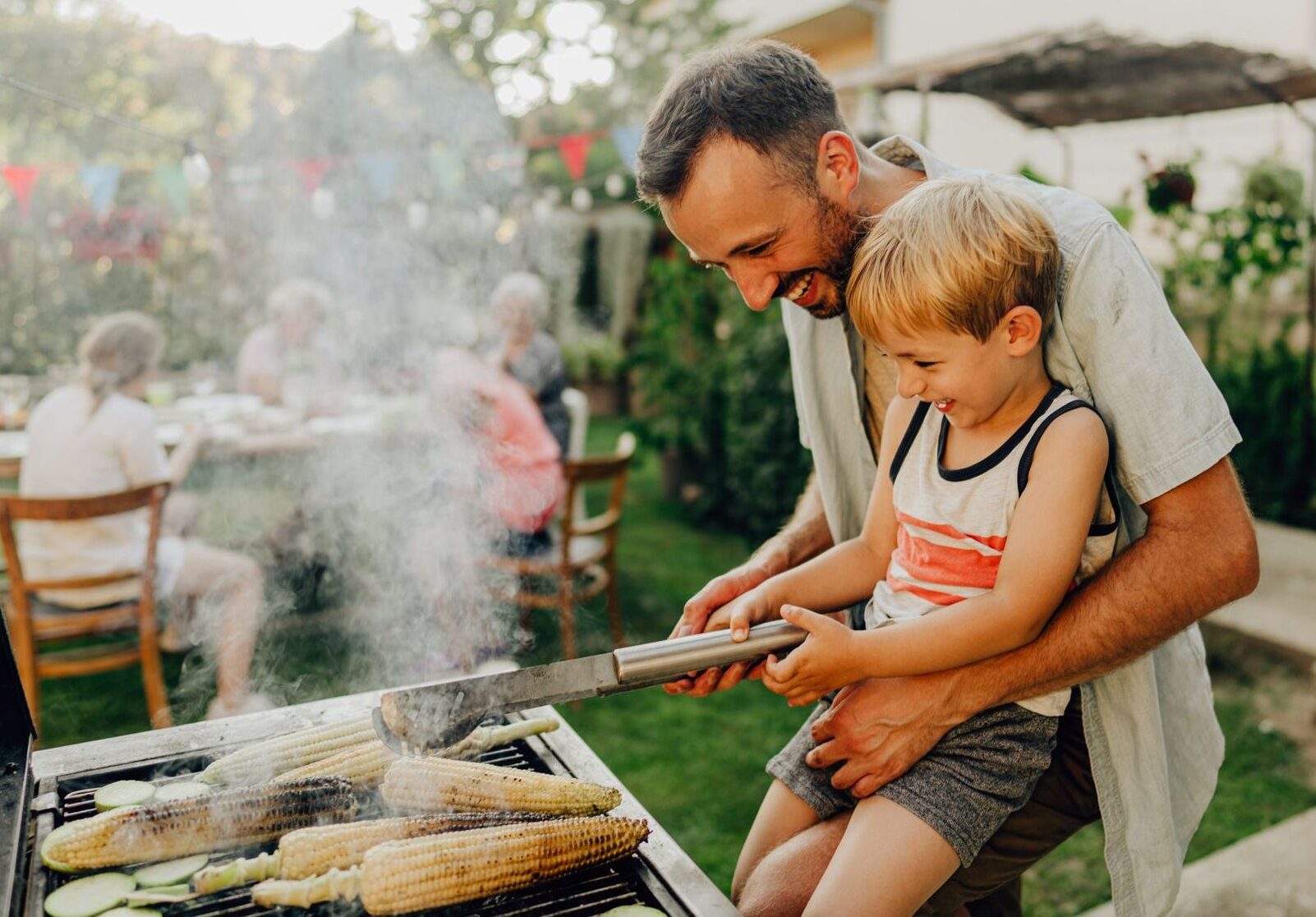Everyone is sick and tired (literally and metaphorically) of worrying and talking about COVID-19. It disrupted daily life for more than three years and tore the social fabric. Globally, there have been 768 million confirmed infections and nearly 7 million deaths. Here in the U.S., those numbers are 103 million cases and more than 1.1 million deaths.
The threat posed by COVID is far less now, though it is still a reality. Nearly everyone has some level of immunity; more than 96% of Americans have either had the coronavirus, been vaccinated for it, or both. COVID infections, hospitalizations, and deaths are all small fractions of what they were at the peak of the pandemic. It is a relief that the United States and the World Health Organization (WHO) both recently declared an end to the COVID-19 public health emergency.
Will we be ready — or not — for the next pandemic? And another pandemic is quite possible. The outgoing director of the Centers for Disease Control and Prevention (CDC) recently wrote: “I want to remind America: The question is not if there will be another public health threat, but when.” The WHO director-general recently warned: “the threat of another pathogen emerging with even deadlier potential remains.” Some disease forecasters predict a 27% chance of pandemic as deadly as COVID within the next 10 years.
I’ve written before about how woefully unprepared our public health system was to meet the moment during the COVID-19 pandemic; we’ve chronically underinvested in public health, and we’ve paid a terrible price for it.
Will we be any better prepared the next time around? My answer is both yes and no.
The biggest reason for optimism is in the scientific arena. It is stunning that a COVID vaccine progressed to phase 1 clinical trials in just 66 days; safe and effective vaccines were in people’s arms in less than a year. In the past, vaccines took years or decades to develop and test. Before COVID, the fastest vaccine ever developed was for mumps and that took four years. The virus that causes AIDS was identified in 1984; it’s 39 years later and we still don’t have a vaccine.
Looming large among the reasons for no: a massive breakdown of trust. Lack of trust — in government and other public institutions, in public health professionals, in the media, in our neighbors — sets us up to be less healthy and even more vulnerable to the next pandemic. Technical missteps, bungled communications and messaging, the deliberate spread of misinformation and conspiracy theories, and deep political polarization have eroded trust. Consider the facts:
- In 2021, according to Gallup, only 39% of Americans had a great deal or a fair amount of trust in the federal government to handle either domestic or international affairs.
- A Pew Research Center survey in 2022 found that fewer than half of the respondents said the country had “given the right amount of priority to the needs of K–12 students, public health, [and] quality of life.”
- In an NBC News poll taken last year, just 44% of Americans said they trusted the CDC, compared with 69% at the start of the coronavirus outbreak.
- Here’s the clincher: a study of 177 nations found that “low levels of government and social trust, as well as higher levels of government corruption, are strongly correlated to higher COVID-19 infection rates around the world.” Meanwhile, indicators like pandemic preparedness, democracy, universal health care, and hospital capacity weren’t significantly related to COVID outcomes.
Trust is easy to lose and hard to earn. It’s even harder to regain. Pandemic preparedness has many dimensions. Certain things — like rebuilding the stockpiles of personal protective equipment — are relatively straightforward. But the “trust stockpile” is bare and refilling it will be difficult.
There are ways to build up trust in public institutions and government officials. Better communication could go a long way: clear and consistent messaging, upfront acknowledgements that the landscape is changing rapidly and guidance may be updated as more is learned; and honesty and humility in quickly communicating mistakes. But it will take a long time to restore the trust that was lost during COVID, and it’s baked into our politics at this point to be mistrustful of elected officials who don’t share our views.
We must look beyond public institutions. The same NBC poll found that Americans are more likely to trust people they know or people with whom they have direct contact. For instance, the group that ranked highest was “your employer.” And there was some consistency across the political spectrum; about 70% of Democrats and 53% of Republicans said they trusted their employers. Parents trust their local schools. The takeaway: the public is more likely to trust the people who employ them and those who teach their children than they are to trust the experts. Working with messengers within communities — from religious leaders to community health workers to barbershop and beauty salon staff — to deliver public health information is one promising approach. Shoring up our health care systems could also make a difference; Americans tend to trust their own doctors, but those without a usual source of care don’t have the opportunity to build those trusting relationships.
As tempting as it is to forget about COVID and its lessons, doing so is guaranteed to be deadly. Rebuilding trust and social cohesion may be the hardest task of all. And right now, we are nowhere near ready on that score to meet the challenges of another pandemic. But there is time to change that; we should get started.
By David Sandman, President and CEO, New York Health Foundation
Published in Medium on June 29, 2023



